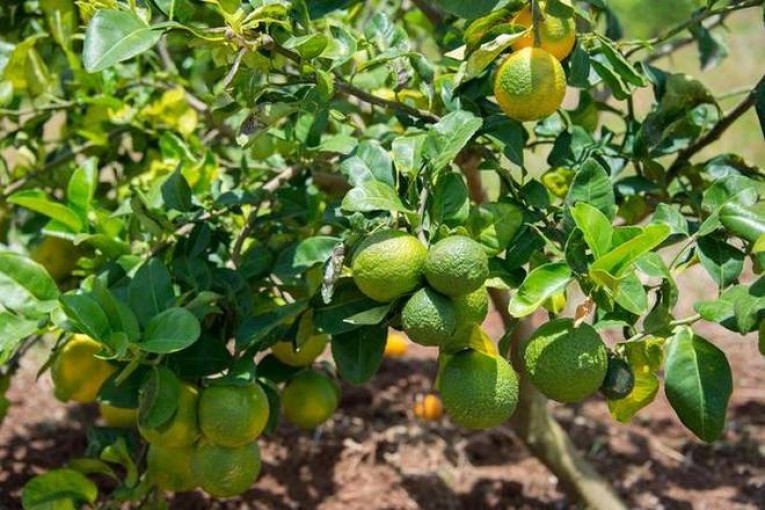
Researchers work to check spread of greening disease in the region that exports most of its fruits
After decimating orange groves in Florida and trees in California and Brazil, citrus greening disease now threatens the key producing region of the Mediterranean, according to researchers.
The disease “has spread since the mid-2000s with a phenomenal speed and impact,” said Eric Imbert of CIRAD, an agricultural research centre based in the French city of Montpellier.
The only citrus producing region as yet unafflicted, “the Mediterranean can’t remain untouched by citrus greening disease,” the researcher added.
Mr. Imbert said one species of the insect which spreads the disease has already been found on the Arabian peninsula.
The disease emerged in the first half of the last century in Asia, where it is called yellow dragon disease by the Chinese.
It is spread by small insects called plant lice or psyllids which jump from tree to tree to suck the sap.
When they do, they introduce the bacteria which ends up blocking the channels along which the sap flows.
As the bacteria chokes off the flow of nutrients, the leaves turn yellow, the fruit is deformed, and eventually the tree dies.
The African psyllid, which spreads a less virulent form of the disease, has already been detected in northern Spain and in Portugal, where trees were rapidly uprooted to prevent any further spread.
“While not wanting to panic … if we don’t do anything in terms of prevention, we could end up suffering a major catastrophe, with prices doubling or tripling,” said Mr. Imbert.
What happened in Florida proves he may well be right. The Sunshine State saw its orange production tumble by 60% from 2005 to 2017.
And as production costs soared, the wholesale price of concentrated orange juice more than doubled to $2,500 per tonne.
According to the trade magazine FruitTrop, just over one fifth of the oranges, clementines and lemons consumed in the world come from the Mediterranean region. It accounts for 70% of the world’s exports of citrus fruits.
The alarm button
“Researchers hit the alarm button long ago,” said Mr. Imbert, trying to get the attention of European authorities in particular.
“But we have the impression we are screaming in a desert.”
Should lice carrying the virulent strain of citrus greening disease arrive in the Mediterranean region, experts expect it to spread rapidly, as it will also be difficult to use pesticides extensively.
With the French Caribbean island of Guadeloupe already infested, French researchers have gained valuable experience.
They suspect nurseries were the reason the disease spread so quickly as seedlings infected in greenhouses were distributed across the island.
The response has been to ship in seeds from a repository that France’s INRA national agricultural research institute runs on the Mediterranean island of Corsica which has a collection of some 10,000 citrus varieties. Once on Guadeloupe, they are grown in special greenhouses that are made insect proof before being sold to growers.
A type of small wasp that attacks the lice that spread the disease has also been released.



